Search Images
Browse Content (p. 740)

Image
Map of the Fertile Crescent
The term "Fertile Crescent," (a term first used in 1916 by Egyptologist J.H. Breasted), describes a crescent-shaped region spanning the Eastern Mediterranean, Anatolia, and Mesopotamia—often called the "Cradle of Civilization." This area...
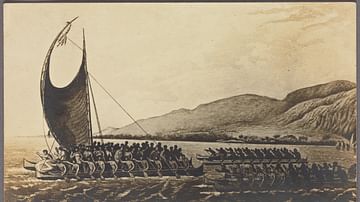
Image
Fijian Ndrua with Crab Claw Sail
The Ndrua was the traditional double canoe used in Fiji. The Ndrua is also referred to as the Drua, Na Drua, N'drua or Waqa Tabu. This is a public domain illustration from 1913 CE and shows the crab claw sail. Artist not listed.
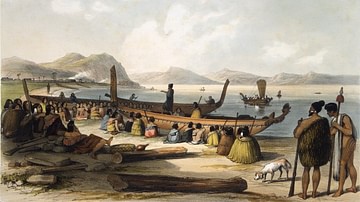
Image
Maori Chief with Beached Waka
War Speech by British painter Augustus Earle (1793-1838 CE) depicting an event of 1827-1828 CE in the Bay of Islands, New Zealand and showing the waka (traditional Maori warcraft canoe).
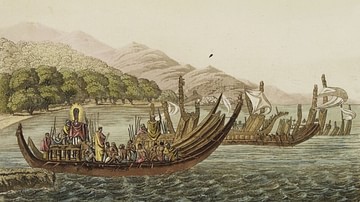
Image
Tahitian Double-Hulled War Canoe
Tahitian Double-Hulled War Canoe or Pahi by Giulio Ferrario (1767-1847 CE). From an engraving published in 1827 CE.
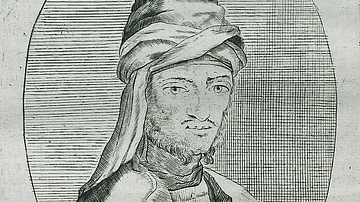
Image
Antonio I Acciaioli
Antonio I Acciaioli (r. 1403-1435 CE), Duke of Athens.
Illustration from Atene Attica Descritta da suoi Principii sino all’acquisto fatto dall’Armi Venete nel 1687…, Venice, Antonio Bortoli, 1695 edition, by Francesco Fanelli
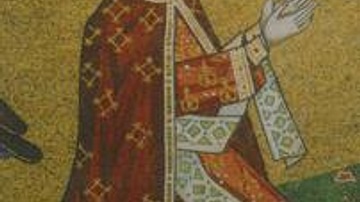
Image
Frederick III of Sicily
Frederick III of Sicily (r. 1295-1337 CE)
14th-century CE mosaic in the Messina Cathedral.
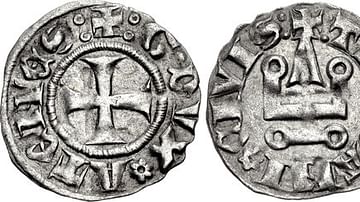
Image
Coin of Guy II de la Roche
Silver denier of Guy II de la Roche (r. 1287-1308 CE), Duke of Athens. Minted in Thebes, Duchy of Athens.
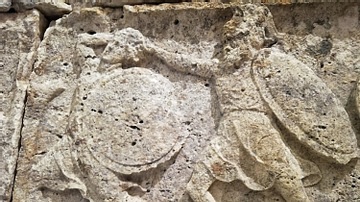
Image
Heroon of Trysa - Detail
Detail of battling warriors from the west wall of the Heroon of Trysa frieze in the Ephesos Museum, Vienna. The Heroon of Trysa dates to 380 BCE and was discovered in 1841 CE by an Austrian school teacher, Julius August Schönborn. A heroön...
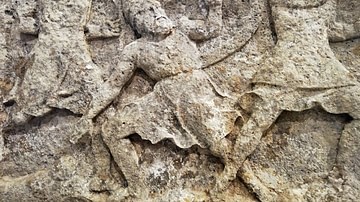
Image
Seashore Battle, Heroon of Trysa
Detail of a seashore battle scene from the west wall of the Heroon of Trysa in the Ephesos Museum, Vienna. The Heroon of Trysa dates to 380 BCE. A heroön is defined as a shrine constructed in the Classical world over and around the tomb...
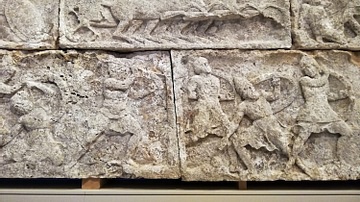
Image
Battle Scene from the Heroon of Trysa
Detail of a seashore battle scene from the west wall of the Heroon of Trysa in the Ephesos Museum, Vienna. The Heroon of Trysa is an ancient Lycian tomb dating to 380 BCE. Trysa is a site in southwest Turkey.